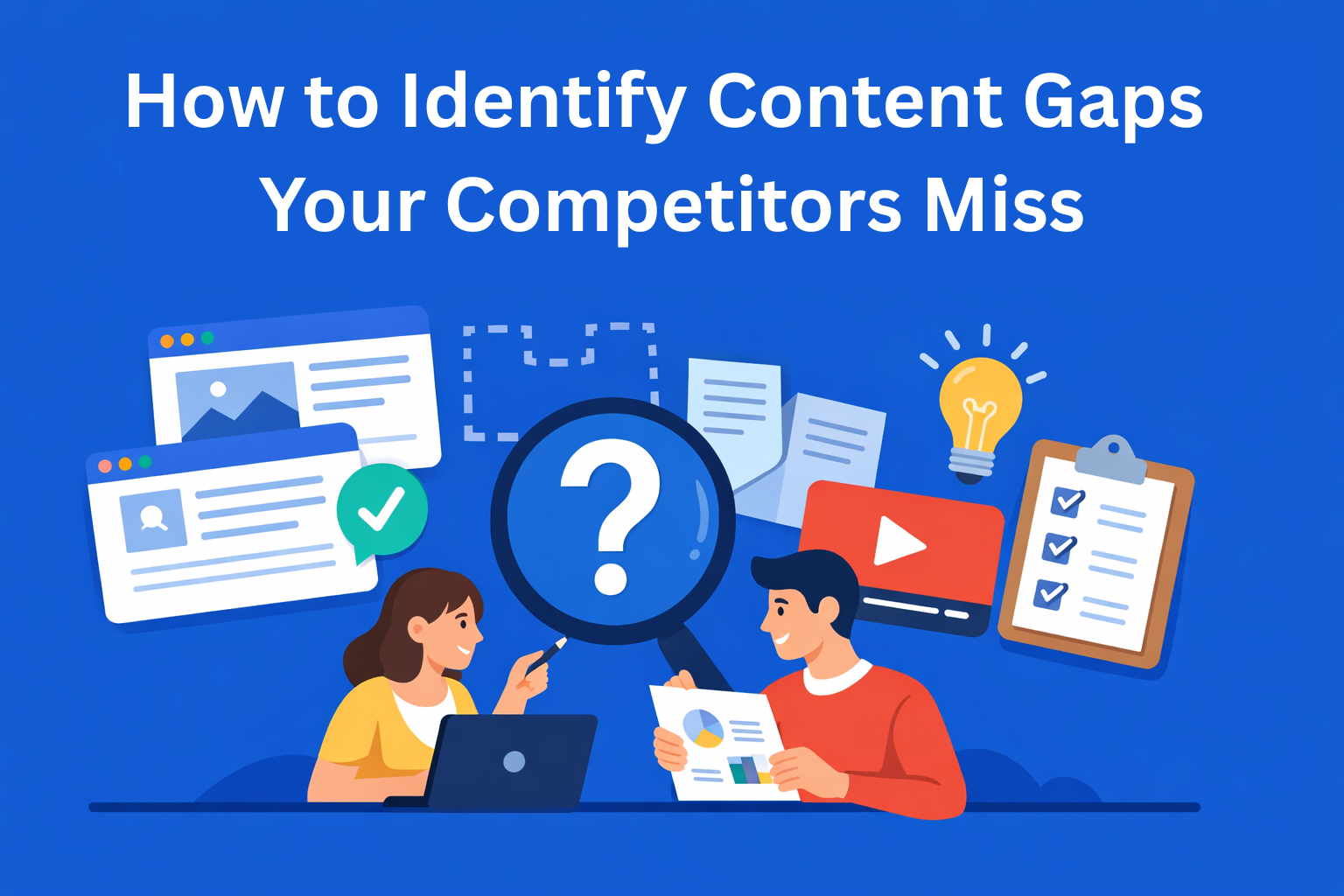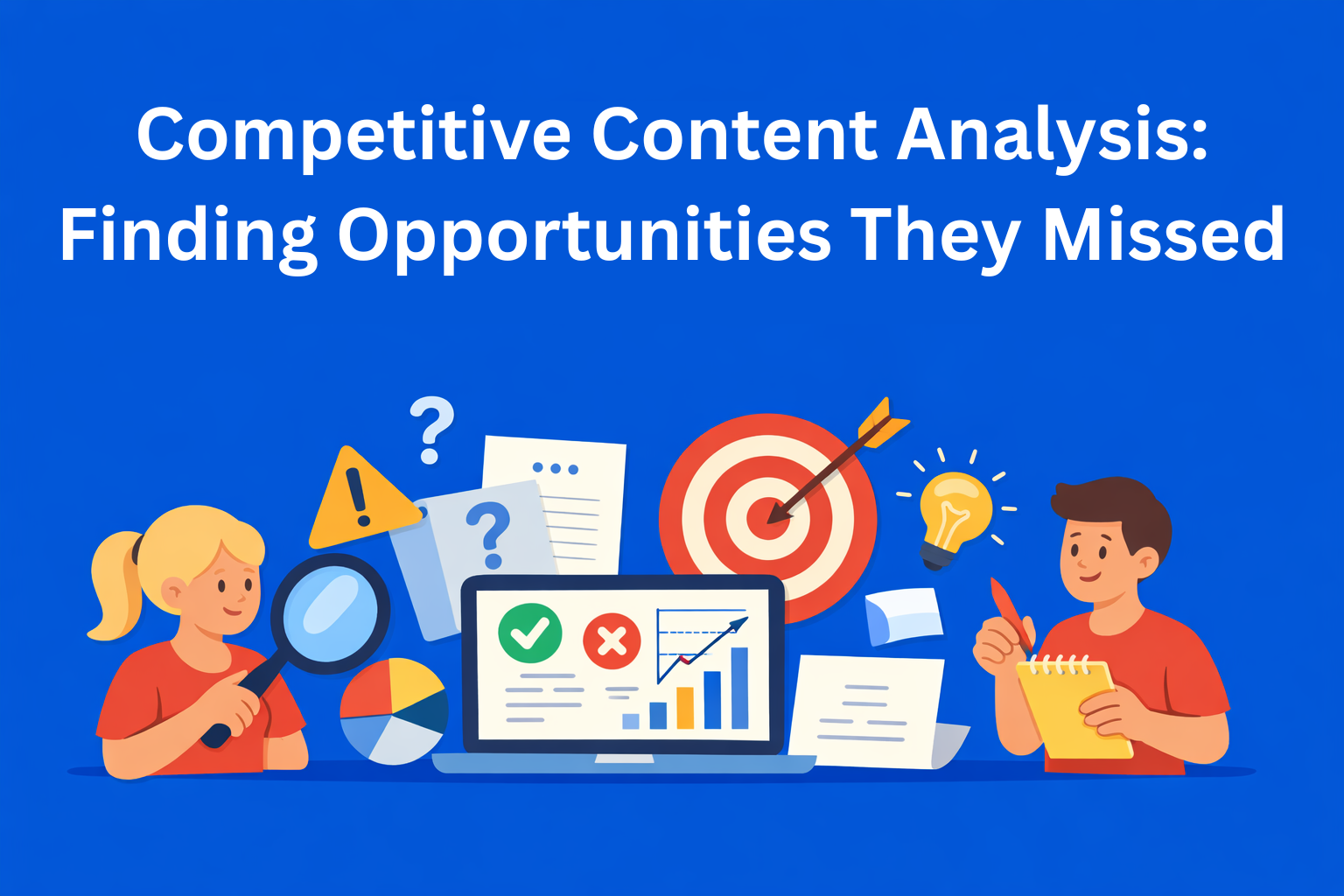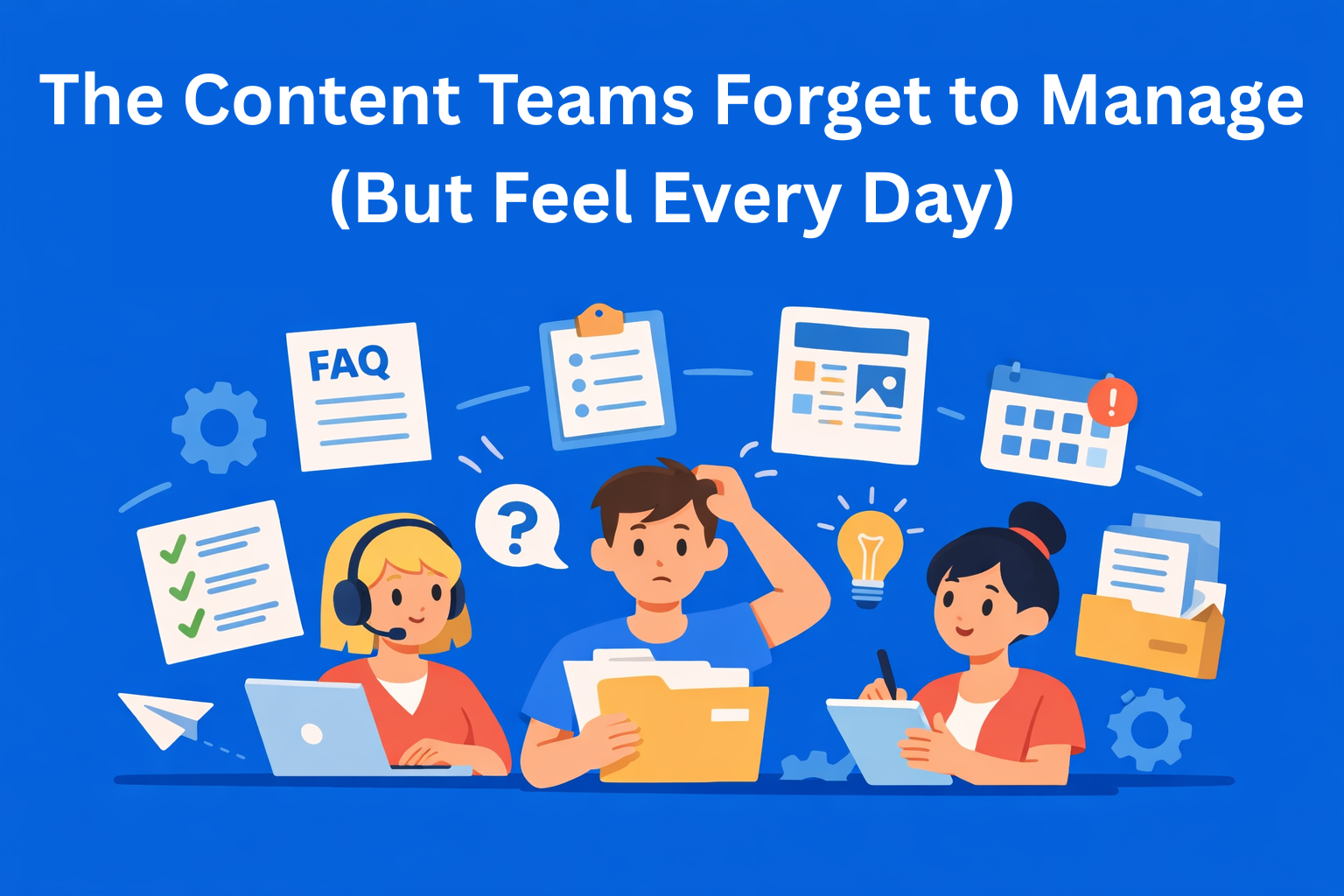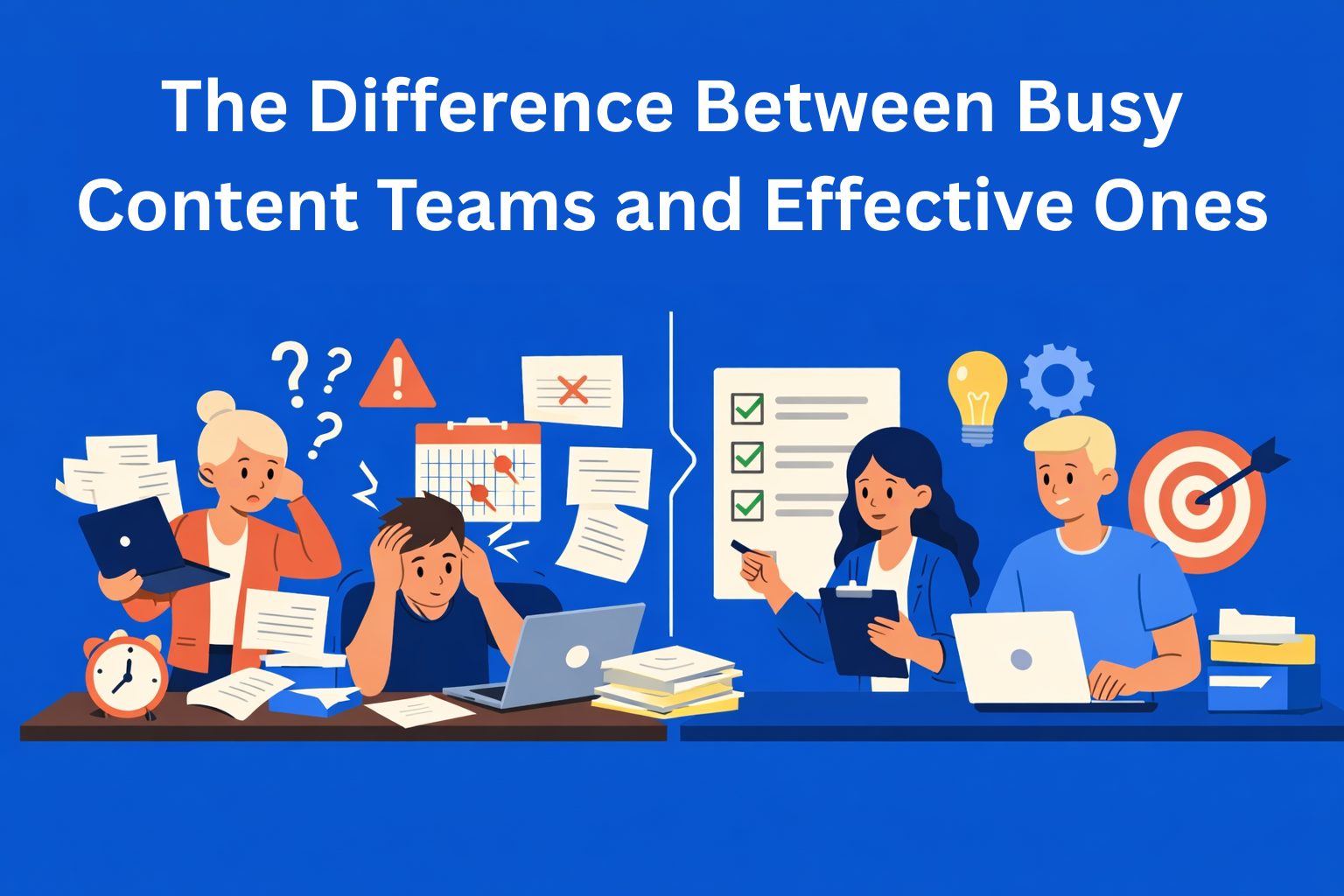Your First Draft Isn’t Finished - Stop Treating It Like It Is
AI drafts might look polished, but they’re just a starting point. This blog explains why human editing turns generic AI text into real, engaging content that carries your voice, perspective, and experience, the elements no machine can truly replicate.

More and more people are using artificial intelligence (AI) to write content because AI tools can create a complete article, title, or even a product description in just a few seconds. And yes, it looks impressive - the text seems clean, structured, and grammatically correct. But many make the same mistake: they take that AI-generated draft and publish it as a finished piece. That’s like sketching a painting and deciding it’s done even though it lacks color, depth, and emotion.
AI can help, but it can’t write with emotion. The first draft it creates is just a base - a frame waiting for you to shape it. The human touch gives writing life and authenticity. That’s what sets it apart from the generic content we see all over the internet.
Key Takeaways
- The first AI draft is just a starting point - it’s a base to refine, not a final product ready to publish.
- Human editing gives meaning - your tone, experiences, and perspective make the text real and emotionally engaging.
- AI lacks context and emotion - it can’t replicate humor, empathy, or nuance that make writing authentic.
- Polished ≠ finished - just because an AI draft looks clean doesn’t mean it represents your voice or intent.
- Treat AI as a collaborator, not a ghostwriter - let it assist with structure and flow, but keep the human touch at the core.
Why People Make Mistakes - The Illusion of a “Finished Text”
One of the main reasons people treat an AI draft as a finished piece is because AI produces “polished” sentences right away. At first glance, the text seems ready to publish. It’s free of spelling errors and looks cohesive - but it doesn’t have your voice, your personality, or your opinion. And that’s the biggest issue when people publish AI text as-is.
People love speed. AI gives the impression that it saves time and effort. However, when you rely only on AI, you lose authenticity. AI generates content based on existing information from the internet. It doesn’t know you, your tone, or your way of thinking. That’s why many AI-written texts sound “right,” but feel empty.
What Gets Lost When You Rely Only on AI
When AI writes without human editing, the result is usually generic and impersonal. Here are a few key things that get lost:
- Personal tone - AI doesn’t know how you speak or what expressions you use. That’s why the text often sounds cold and emotionless.
- Perspective - AI has no personal experience. It can’t connect a topic to real life or tell your story.
- Originality - since AI uses existing data, it tends to repeat what’s already out there, making the text lose its uniqueness.
Imagine reading two articles on the same topic: one written entirely by AI, and another refined by a human who added their own thoughts. The first might be informative but cold. The second could make you smile, think, or want to learn more. That’s the difference between information and storytelling.
The Role of Human Editing: Where the Magic Happens
AI can create the base, but humans create the story. The human editor adds emotion and meaning, giving the text a personal touch.
Here’s what human editing brings to the table:
- The author’s voice: Everyone has their own way of expressing themselves. When you add your words, rhythm, and tone, the text becomes yours.
- Emotional nuance: AI can’t sense when warmth, irony, or empathy are needed.
- Expertise and context: Humans can notice details and connect them to real experiences - something AI can’t do.
Essentially, AI can write sentences, but humans write meaning. That’s the key difference many forget. If you want your content to be relevant, you need to add a part of yourself to every sentence.
Practical Tips: How to Refresh an AI Draft
Editing an AI draft doesn’t have to be complicated. A little time and attention go a long way. Here are some simple steps to help you do it:
- Read it as a reader, not as the author. When you take a step back, you can spot sections that sound too robotic or dull.
- Ask yourself: “Why would this be interesting to my reader?” If you can’t answer, add context, examples, or emotion.
- Add personal examples. AI doesn’t know your experiences. When you include something personal, the text becomes alive and convincing.
- Change the structure. If the AI version sounds like a manual, add transitions, engaging headlines, and questions that guide the reader.
- Give it a voice. Use expressions that sound natural to you. If you’re funny, let that show.
- Add your opinion. Don’t just repeat facts. Say what you think about the topic.
- Fix style and rhythm. Sometimes small sentence adjustments can make a big difference in readability.
For example, if AI writes: “Writing with AI tools can improve efficiency,” you could say: “AI tools are great for a quick start, but real quality comes when a human refines the text.” You’ve kept the meaning but added warmth and a natural tone.
Why the Human Factor Changes Everything
When you edit an AI draft, you add perspective. You know why you’re writing, who you’re writing for, and how you want your message to be received. AI doesn’t know if your audience is teenagers, professionals, or parents. It doesn’t know what emotions you want to evoke - but you do.
Human editing isn’t just about fixing mistakes - it’s about giving meaning. When you read through your text and add your own thoughts, examples, or even small digressions, the writing becomes real.
Editing is also your chance to spot where AI repeats phrases or uses generic language. For example, AI often loves terms like “innovative solution” or “transforms the way we work.” Instead, you can say: “AI can save us time on boring tasks, but it can’t make decisions for us.” That makes you sound clearer and more convincing.
AI as a Partner, Not a Replacement
The best way to use AI is to treat it as a helper.
When humans and AI work together, the result can be quite good. You provide direction and emotion, while AI helps turn that into text. But if you let AI “finish the job” alone, the text will always feel shallow - and your readers will notice.
So next time AI finishes a draft, don’t publish it right away. Read it, edit it, and add your voice. That’s the moment when average content turns into something valuable.
Conclusion
Artificial intelligence is powerful, but not magical. If you want your content to be engaging, authentic, and recognizable, don’t treat an AI draft as a finished product.
AI is there to help you, but you are the one who gives it meaning. A text that carries a piece of you will always have more impact than any automated paragraph. So the next time you open an AI tool and get a perfect draft, remember: it’s just the beginning. Real content starts when you add your personality, perspective, and experience. And that’s something AI will never be able to replicate.






